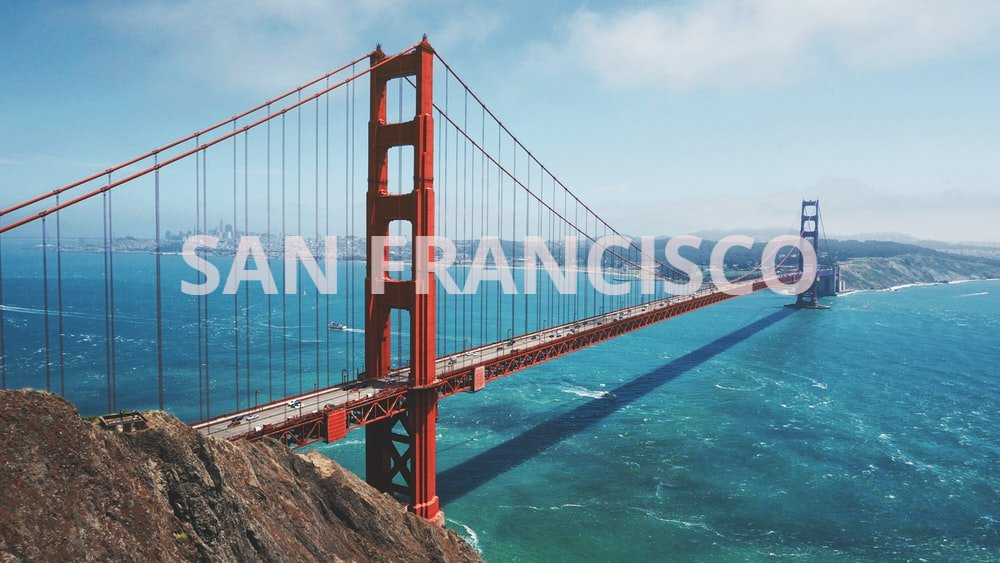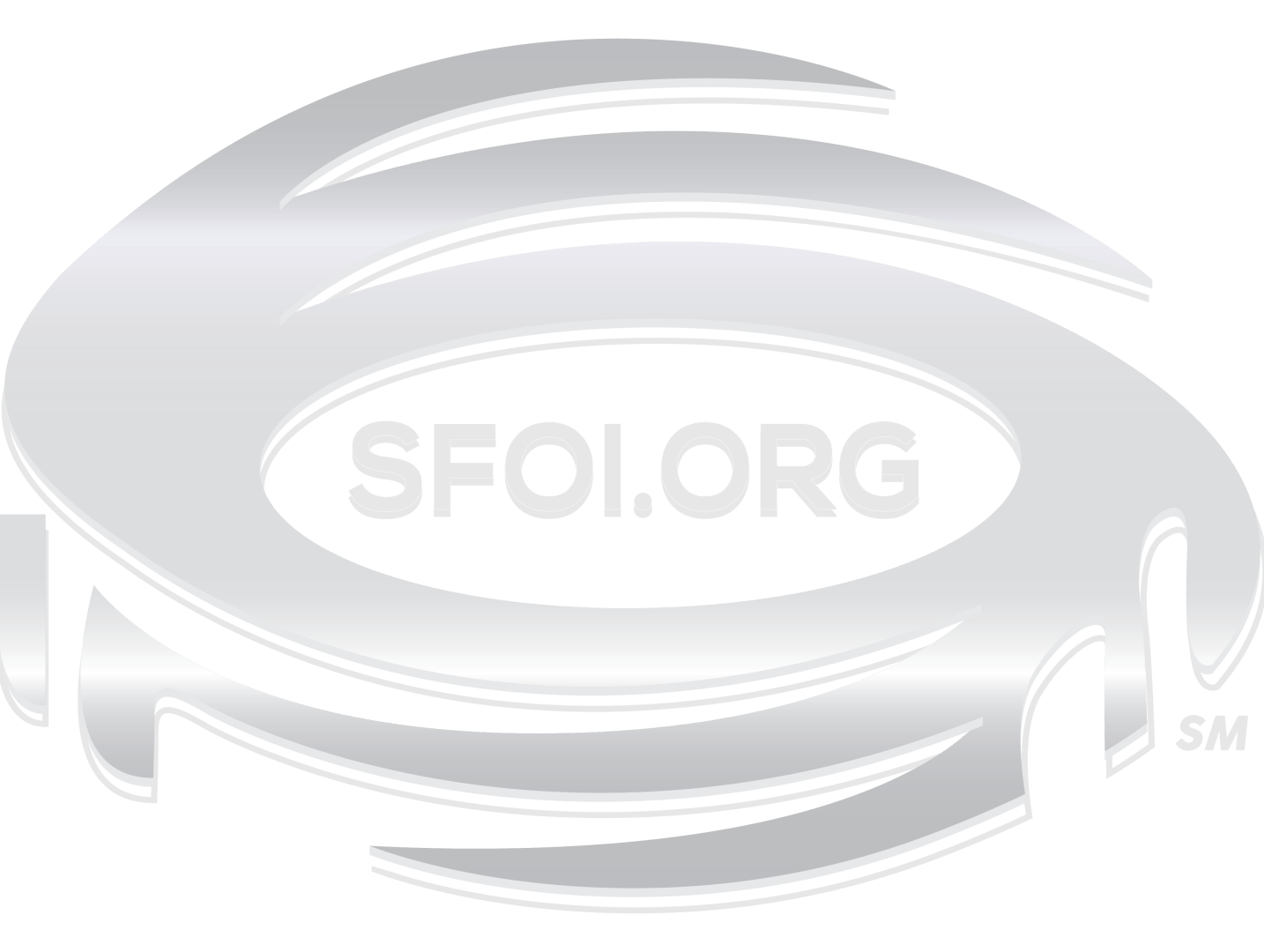San Francisco, CA
San Francisco, city and port, coextensive with San Francisco County, northern California, U.S., located on a peninsula between the Pacific Ocean and San Francisco Bay. It is a cultural and financial center of the western United States and one of the country’s most cosmopolitan cities. Area 46 square miles (120 square km). Pop. (2000) 776,733; San Francisco–San Mateo–Redwood City Metro Division, 1,731,183; San Francisco–Oakland–Fremont Metro Area, 4,123,740; (2010) 805,235; San Francisco–San Mateo–Redwood City Metro Division, 1,776,095; San Francisco–Oakland–Fremont Metro Area, 4,335,391.
Character of the city
San Francisco holds a secure place in the United States’ romantic dream of itself—a cool, elegant, handsome, worldly seaport whose steep streets offer breathtaking views of one of the world’s greatest bays. According to the dream, San Franciscans are sophisticates whose lives hold full measures of such civilized pleasures as music, art, and good food. Their children are to be pitied, for, as the wife of publishing magnate Nelson Doubleday once said, “They will probably grow up thinking all cities are so wonderful.” To San Franciscans their city is a magical place, almost an island, saved by its location and history from the sprawl and monotony that afflicts so much of urban California.
Since World War II, however, San Francisco has had to face the stark realities of urban life: congestion, air and water pollution, violence and vandalism, and the general decay of the inner city. San Francisco’s makeup has been changing as families, mainly white and middle-class, have moved to its suburbs, leaving the city to a population that, viewed statistically, tends to be older and to have fewer married people. Now more than one of every two San Franciscans is “nonwhite”—in this case African American, East Asian, Filipino, Samoan, Vietnamese, Latin American, or Native American. Their dreams increasingly demand a realization that has little to do with the romantic dream of San Francisco. But both the dreams and the realities are important, for they are interwoven in the fabric of the city that might be called Paradox-by-the-Bay.
Although San Franciscans complain of the congestion, homelessness, and high cost of living that plague the city and talk endlessly of the good old days, the majority still think of San Francisco the way poet George Sterling did, as “the cool grey city of love,” one of America’s most attractive, colorful, and distinctive places to live.
People of San Francisco
The pattern of immigration into San Francisco during the latter half of the 19th century was significantly different from that of anywhere else in the United States. The waves of newcomers included not only native-born Americans moving west but also Europeans arriving directly by ship who had not previously lived for a time along the Eastern Seaboard. The demography of the gold-rush city was summed up concisely by a real-estate firm that advertised it could “transact business in the English, French, German, Spanish and Italian languages.” San Francisco remains one of the most Mediterranean of American cities—New Orleans is another—and Italians are still the dominant European minority, followed by Germans, Irish, and British.
Jewish immigrants from Europe arrived in the city even before the gold seekers of 1849, and much credit for San Francisco’s culture must be given to them. They founded libraries, symphonies, and theatres and gave the city its first aura of sophistication.
Before World War II about 20,000 African Americans lived in the entire Bay Area, about 4,000 of them in San Francisco. The tremendous increase in the black population during the next 30 years was set in motion by the war, which brought at least a half million war workers to the Bay Area’s shipyards and other industries. Among them were tens of thousands from the South, who settled mainly in San Francisco, Oakland, and Richmond. In San Francisco they moved into the old Carpenter Gothic houses in the blocks around Fillmore Street, vacated when the Japanese who had lived there were driven into wartime internment camps. By the 1980s, the character of the district shifted again, as the renovation of these houses and the high cost of property caused rents to skyrocket. Poorer African American residents were forced out of their neighborhoods and into slum housing in the city’s already crowded southeastern sector.
An increasing number of African Americans have become prominent in the city’s life—Willie Brown was elected mayor in 1995 and reelected in 1999—and many others also have won elective office.
Chinatown, which is the best-known Chinese community in the United States, is also probably the least understood minority community in the city. The colorful shops and restaurants of Grant Avenue mask a slum of crowded tenements and sweatshops that has the highest population density in an already densely populated city. Many Chinese residents have increasingly moved into North Beach, hitherto predominantly Italian, onto the nearby slopes of Russian Hill, or into the middle-class neighborhoods of the Richmond district north of Golden Gate Park, where some of the city’s most popular Chinese restaurants and bakeries are found on Clement Street. Many of those who reside in Chinatown are more recent immigrants, particularly from Hong Kong.
Never as large as Chinatown, the Japanese community of San Francisco was wiped out at a single stroke by the infamous Executive Order 9066 of 1942, which sent them, foreign-born and citizen alike, into “relocation centers.” The present center of the Japanese community is Japan town (Nihonmachi), a few blocks east of Fillmore Street, now an ambitious commercial and cultural center. Though the rising generation of Japanese Americans go to Japan town as visitors, bound for church services, social or cultural events (such as the annual cherry blossom festival), or to buy imported goods, their own roots are elsewhere.
The Hispanic population is the second largest ethnic minority in the city (the Chinese community being the first). Before World War II the Mission District, named for the Mission Dolores, was principally working class and Irish. The Irish were largely replaced by Spanish-speaking Latin American immigrants, mainly from Central America and Mexico, although the neighborhood saw another influx of white residents through gentrification in the first decades of the 21st century.
The Filipino community has grown remarkably since World War II and has spread to all areas of the city, especially the South of Market area. Though not as numerous as in southern California, the Vietnamese, Cambodian, and Laotian communities have grown considerably since the 1980s, which resulted in conflicts with blacks and Hispanics over low-income housing and a proliferation of ethnic restaurants in the troubled Tenderloin area between the Civic Center and Union Square.
San Franciscans have historically considered their city to be laissez-faire and open-minded, which is probably why homosexuals have felt comfortable there. The affluent Castro district (technically Eureka Valley near Twin Peaks) has attracted gays and lesbians from throughout the country, becoming perhaps the most famous gay neighborhood in the world. Its streets are adorned with elegantly restored Victorian homes and landmarks highlighting significant dates in the struggle for gay rights. It is said that no local politician can win an election without the gay community’s vote.
History
Exploration and early settlement
It is extraordinary that the site of San Francisco should have been explored first by land instead of from the sea, for San Francisco Bay is one of the most splendid natural harbours of the world, yet great captains and explorers—Juan Rodríguez Cabrillo (1542–43), Sir Francis Drake (1579), and Sebastián Vizcaíno (1602)—sailed unheeding past the entrance. In 1769 a scouting party from an expedition led by the Spanish explorer Gaspar de Portolá looked down from a hilltop onto a broad body of water; they were the first Europeans known to have seen San Francisco Bay. It was not until August 5, 1775, that the first Spanish ship, the San Carlos, commanded by Lieutenant Juan Manuel de Ayala, turned eastward between the headlands, breasted the ebbing tide, and dropped anchor just inside the harbour mouth. It is possible that Drake may have entered the bay, but most evidence suggests otherwise.
Settlers from Monterey, under Lieutenant José Joaquin Moraga and the Reverend Francisco Palóu, established themselves at the tip of the San Francisco Peninsula the following year. The military post, which remained in service as the Presidio of San Francisco until 1994, was founded in September 1776, and the Mission San Francisco de Asis, popularly called the Mission Dolores, was opened in October.
Almost half a century later, a village sprang up on the shore of Yerba Buena Cove, 2 miles (3 km) east of the mission. The pioneer settler was an Englishman, Captain William Anthony Richardson, who in 1835 cleared a plot of land and erected San Francisco’s first dwelling—a tent made of four pieces of redwood and a ship’s foresail. In the same year, the United States tried unsuccessfully to buy San Francisco Bay from the Mexican government, having heard reports from whalers and captains in the hide-and-tallow trade that the great harbour held bright commercial possibilities. Richard Henry Dana, whose ship entered the bay in 1835, wrote in Two Years Before the Mast (1840) that “If California ever becomes a prosperous country, this bay will be the centre of its prosperity.”
The Americans had to wait only another 11 years. After fighting began along the Rio Grande, Captain John B. Montgomery sailed the sloop of war Portsmouth into the bay on June 3, 1846, anchored in Yerba Buena Cove, and later went ashore with a party of sailors and marines to raise the U.S. flag in the plaza. On January 30, 1847, Yerba Buena was renamed San Francisco, which was regarded as a more propitious name.
The permanent European population of Yerba Buena in 1844 did not exceed 50 persons. By 1846 the settlement had a population of 375, in addition to 83 African Americans, Native Americans, and Sandwich Islanders (Hawaiians). Two years later, just before the discovery of gold on the American River, the town had grown to about 200 shacks and adobes inhabited by about 800 settlers.
Source:







